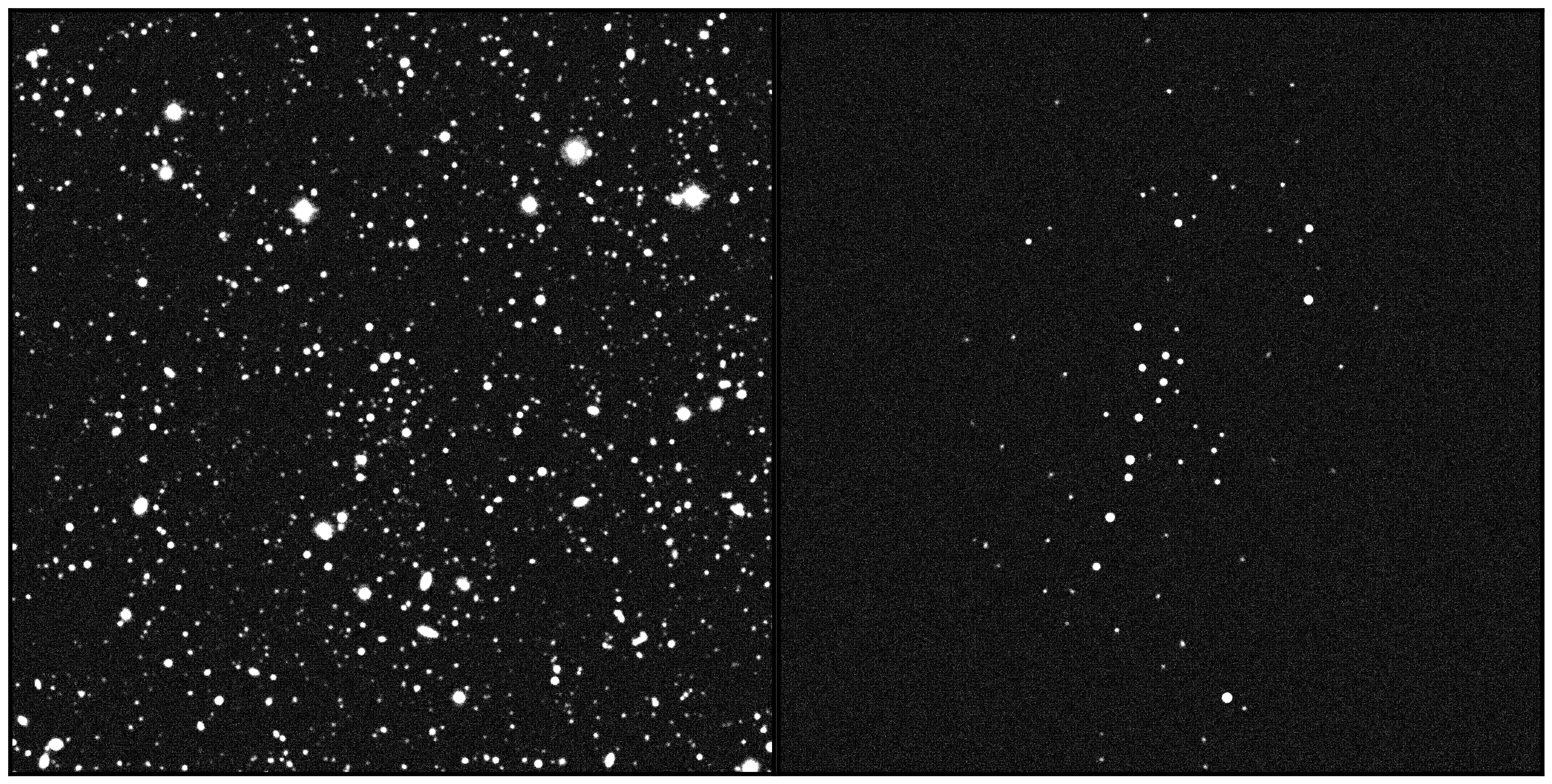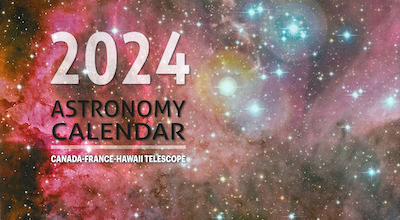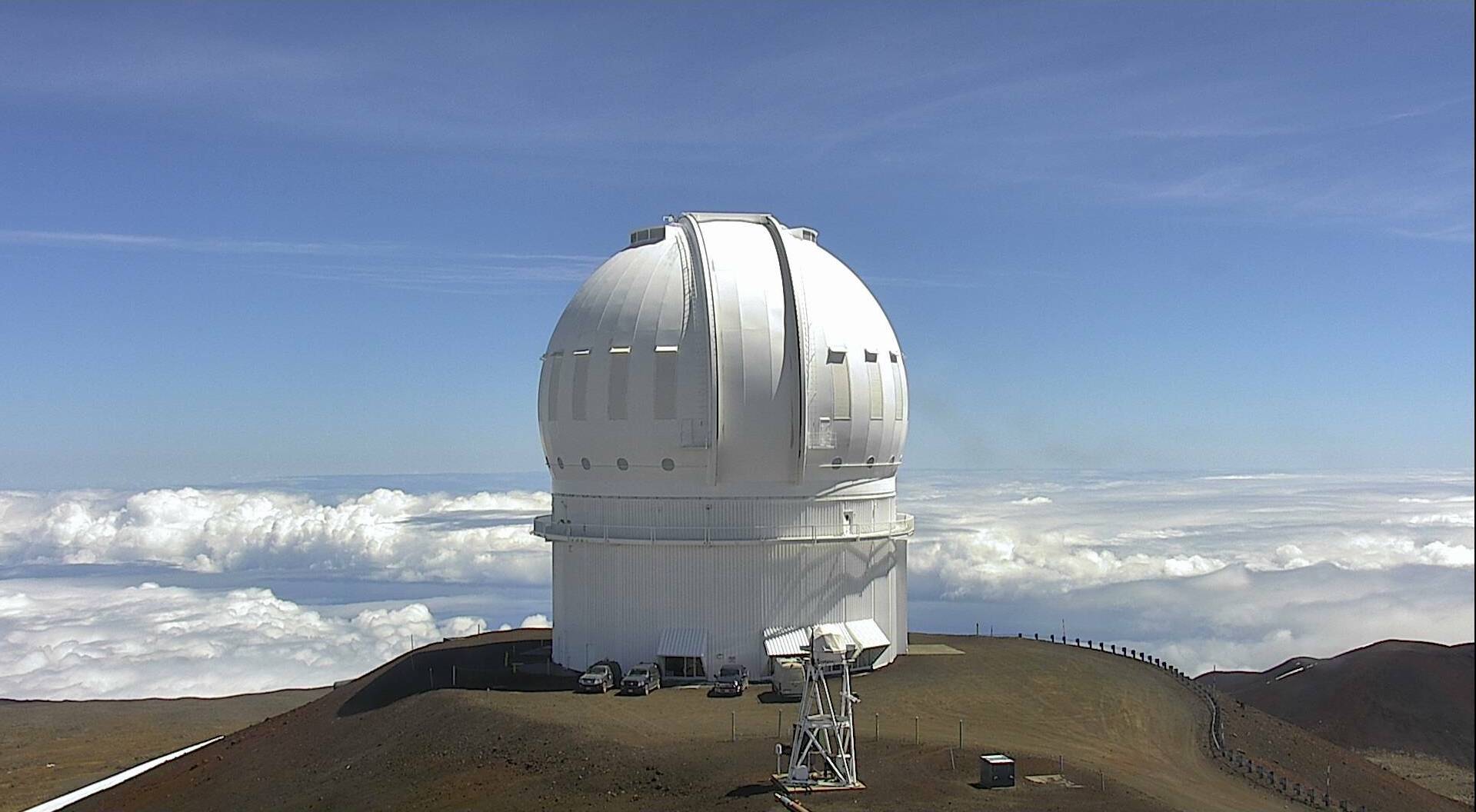A magnetic personnality
Researchers from the Observatoire de Paris and of the Service d’Astrophysique-Laboratoire AIM du CEA-Irfu have just observed an unexpected change of direction of the fossil magnetic dipole of a young massive star, the Herbig star HD 190073.
Magnetic fields are in all aspects of our lives. They are used in objects as common as a car or in a television set or in a particle accelerator. Planets and stars have magentic fields too. The aurora borealis, a phenomena often observed at high latitudes, is directly caused by the coupling between the Earth and the Sun's magnetic field. Magnetic fields are routinely measured in stars other then the Sun thanks to spectropolarimeters like NARVAL at the Bernard Lyot telescope at the Pic du Midi in France and ESPaDOnS at the CFHT. Spectropolarimeters routinely measure magnetic fieds around stars other then the Sun. In star more massive then the Sun, the magnetic field has a different origin then that of the Sun or the Earth. The field of these stars is thought to be a Fossil field. This means that the field of the star is either of Galactic origin or that it was formed by a Dynamo generated at the birth of the star. A fossil field has the characteristic of being very stable and can last for hundreads of thousands and probably millions of years. The stability of the magnetic field of HD was well established and was a very strong case for the Fossil Theory. A team of researchers from France, Sweden, the UK and from Canada in collaboration with the MiMeS large program at CFHT measured a strong variation in the magnetic field of HD using NARVAL and HARPSpol at the 3.6m-ESO Telescope in Chile. Such a dramatic change had never been measured before in any star and is thought to be caused by the birth of a convection zone, a zone where the material of the star literally boils. To test whether the new magnetic configuration has really stabilised and to determine the precise parameters of this new configuration, additional observations will be required. HD 190073 represents a unique opportunity to witness the appearance of a convective core in a star.
CONTACT




